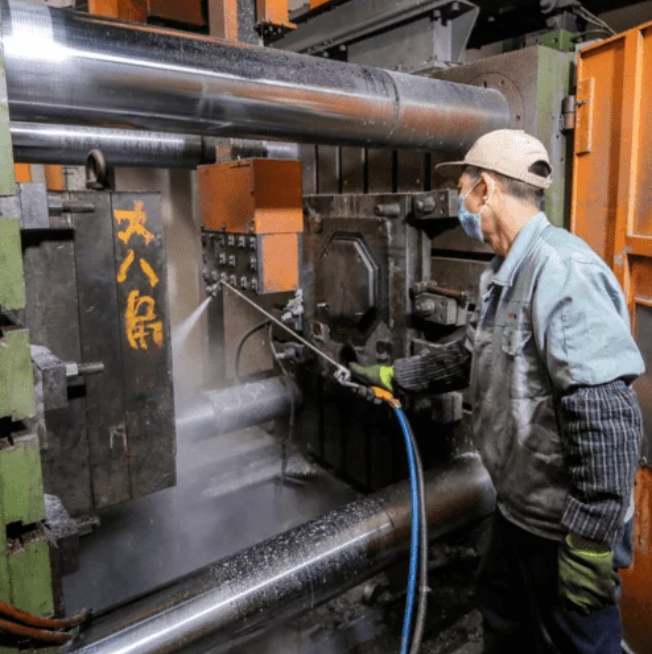Machining large parts can pose a significant challenge for manufacturers, as it requires precision and attention to detail while dealing with the size of the part at hand. The process requires a skilled machinist, specialized equipment, and a thorough understanding of the properties of the materials being used.
One of the primary challenges of machining large parts is ensuring precision and accuracy. When dealing with larger parts, even the smallest deviation from the desired specifications can result in a significant impact on the overall functioning of the part. This requires careful planning and execution, as well as the use of advanced tools and techniques to ensure that measurements are accurate and consistent.
Another challenge of machining large parts is the handling and transportation of the parts themselves. Large parts are often heavy and cumbersome, which can make it difficult to move them from the machining center to other areas of the facility for finishing or assembly. Additionally, the handling of large parts requires specialized equipment and safety considerations to ensure that both the machinist and the part remain safe throughout the process.
In addition to precision and handling challenges, machining large parts also requires a thorough understanding of the properties of the materials being used. Large parts are often made from materials that are difficult to machine, such as alloys or composites. These materials require specialized techniques and tools to ensure that they are machined efficiently and effectively without damaging the part.

To overcome these challenges, manufacturers must invest in specialized equipment and training for their machinists. Advanced machining centers, including horizontal or vertical lathes and milling machines, can help to improve accuracy and precision while reducing handling and transportation challenges. Additionally, specialized software can help to automate the machining process, reducing the risk of human error and improving overall efficiency.
Overall, machining large parts requires a significant investment in both equipment and expertise. However, with careful planning and execution, manufacturers can overcome the challenges of size and precision to produce high-quality parts that meet the demands of their customers.
-

- Factory Custom China Bmx Cycles Road Sport Kids Bicycle 12 16 18 20 Inches Cycle Mtb For Kids 6-10 Year
-

- OEM die-casting components & parts
-

- OEM Die casting manufacturer produce magnesium alloy auto dashboard
-

- Bahagian & komponen die-casted OEM
-

- Roda aloi magnesium tuangan tekanan tinggi OEM untuk e-basikal
-

- roda die-casting aloi magnesium untuk ebike

 0086-750-5616188
0086-750-5616188 +86 13392089688
+86 13392089688 sales@zhongmei-tech.com
sales@zhongmei-tech.com







